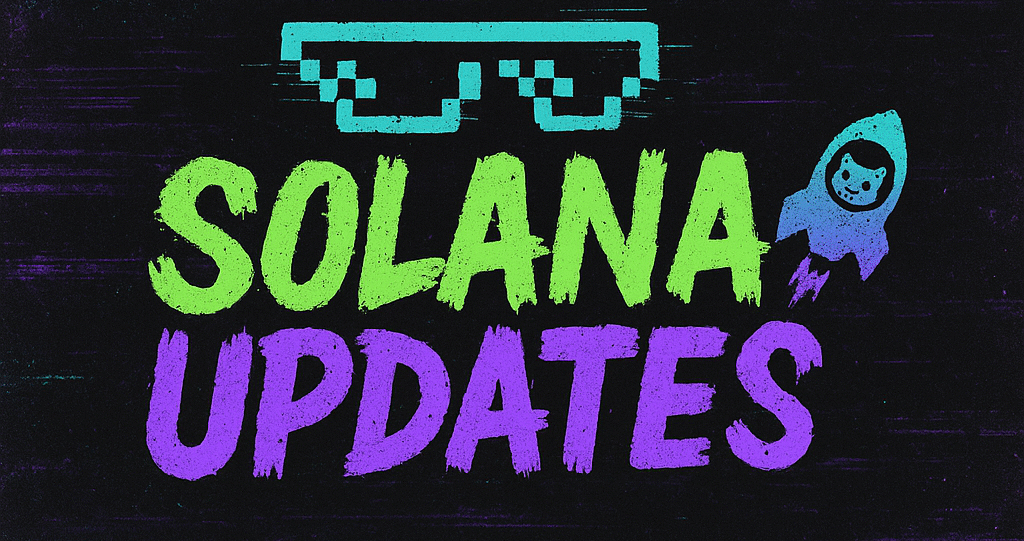ETH Zurich’s Open LLM: A New Era for AI Research
The landscape of artificial intelligence research is on the cusp of a monumental shift, courtesy of ETH Zurich’s groundbreaking development: an open-source large language model (LLM) set to launch in 2025. This initiative promises to redefine the boundaries of AI capabilities and accessibility, challenging the current dominance of proprietary models like GPT-4.
A Model for the Public
In a world where AI advancements are often shrouded in secrecy and proprietary claims, ETH Zurich’s LLM stands out by offering an unprecedented level of transparency and accessibility. This open-source model will come with public weights, allowing researchers, developers, and enthusiasts to explore, modify, and enhance the model without the usual restrictions.
This approach not only democratizes AI research but also fosters an environment of collaboration and innovation. By making the LLM 100% public, ETH Zurich invites a global community to participate in its evolution, potentially accelerating advancements and practical applications in ways previously unimaginable.
Green Computing and Language Diversity
A key feature of ETH Zurich’s LLM is its commitment to sustainable computing. With an increasing focus on reducing the carbon footprint of AI models, this initiative leverages green compute technologies to minimize environmental impact. This aspect is particularly significant as the AI industry grapples with the challenges of energy consumption and sustainability.
Moreover, the LLM’s support for over 1,500 languages marks a significant stride in inclusivity and diversity. This broad linguistic capability not only enhances accessibility for non-English speakers but also facilitates cross-cultural communication and understanding, potentially unlocking new markets and areas of research.
Challenging the Status Quo
ETH Zurich’s initiative poses a direct challenge to the closed-source nature of market leaders like GPT-4. The current dominance of such models often limits access to cutting-edge AI capabilities, reserving them for those who can afford costly licenses or possess the technical prowess to navigate proprietary ecosystems.
By contrast, the open nature of ETH Zurich’s LLM could democratize access to advanced AI technologies, leveling the playing field for smaller companies, educational institutions, and independent researchers. This shift could spur a wave of innovation, as diverse perspectives and ideas contribute to the model’s development and application.
Potential Impact on AI Research
The implications of ETH Zurich’s open LLM are profound. Researchers will have the opportunity to build upon a robust foundation without the usual barriers imposed by closed models. This could lead to breakthroughs in natural language processing, machine learning, and AI ethics, among other fields.
Furthermore, the model’s public nature encourages transparency in AI development, fostering trust and accountability. As AI technologies continue to integrate into everyday life, these qualities become increasingly important in addressing public concerns about privacy, bias, and the ethical use of AI.
Conclusion
As we approach 2025, the anticipation surrounding ETH Zurich’s open LLM grows. Its potential to revolutionize AI research and application is immense, offering a glimpse into a future where AI is not just a tool for the few but a resource accessible to all. By challenging the status quo, promoting sustainability, and embracing linguistic diversity, ETH Zurich is paving the way for a new era of AI innovation and inclusivity.
🛒 Recommended Product: Check out top-rated crypto gear on Amazon


